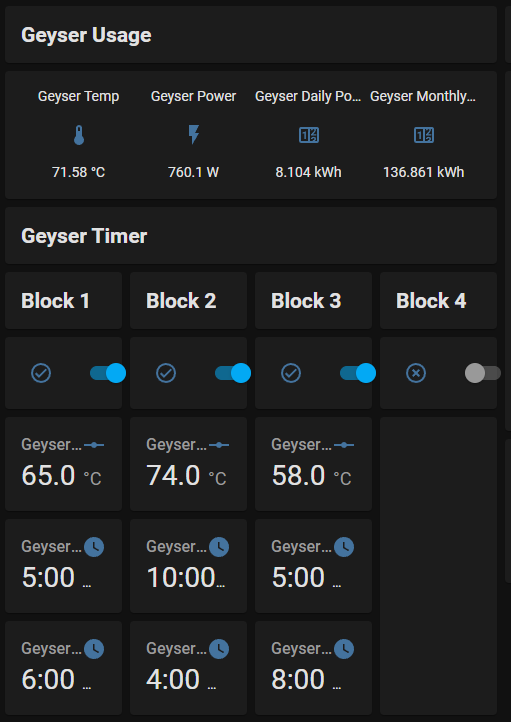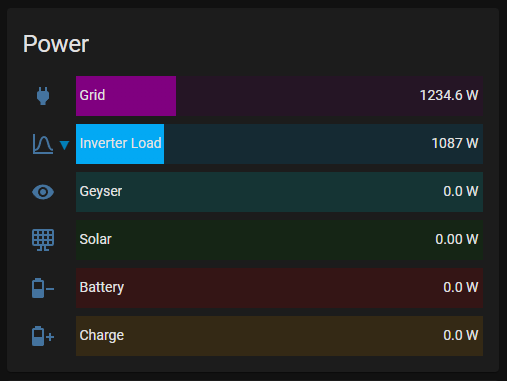So after asking lots of questions (Asking questions)
I finally bit the bullet in Dec and put up some panels on my roof.
Thanks to @justinschoeman ive been running my geyser “fancy smart” for a while with a Geyserwise Thermostat (Justins Thread)
The basics of my geyser control from HA
Various schedules with various heat targets based on our living habbits, nice hot showers in the morning, and a little heat at night for the dishes and so forth.
Unfortunately I bought my Inverter before Sunsynk were a thing( or I knew about them) and the blue stuff was vastly outside of my budget. But my little inverter has been keeping the lights on quite well.
Ill deal with it if it blows up one day.
Again budgets constraint I run 12x FIAM FLB400 batteries that I got at a great price.
With the panels on my roof (Thanks again @JacoDeJongh) I moved my geyser to the inverter DB and fitted a 2KW element to keep within the confines of what I can produce on solar and the inverters capabilities.
I quickly realised that clouds are a pain in the buttox and I was discharging my batteries more than I wanted to during the first few days of testing.
I remembered reading about another geyser controlled with an SCR
So I purchased this 4000W SCR
I know there are digital versions and i could build something, but well and truly I was lazy and slapped a servo onto the knob of the pot.
For testing and Beta1.0 I ended up with lots of insulation tape and this.
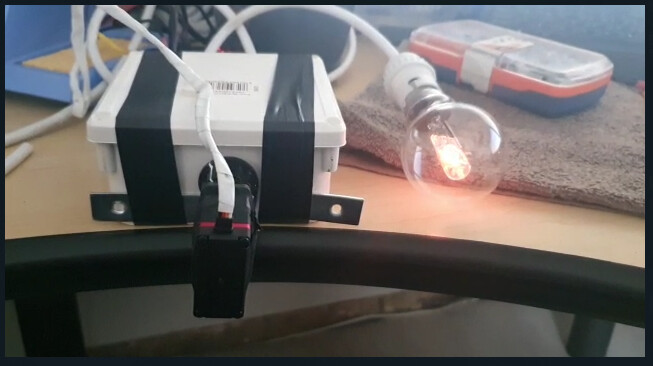
Testing with an incandecent bulb
The next version was a little neater and in a suitable enclosure.
Ill replace some of the temporary supports with some 3D printed parts. and ensure there is adequate venting, for now it operates with the lid off.
Geyser running at full power and draining battery.
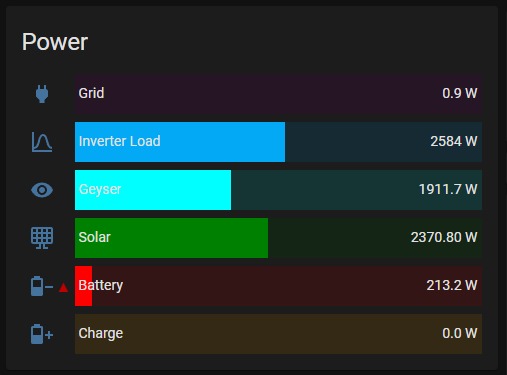
Turned down to 80% to allow some charge back to the battery and operation.
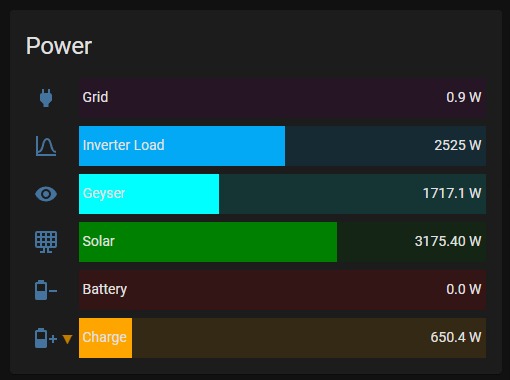
And what it looks like based on the automations in place on a cloudy day like today.
It shuts down below 50% as I dont see the point in running it that low, and waits for PV to recover before turning on again.
Just sharing my aim to be as “solar efficient” as I can.
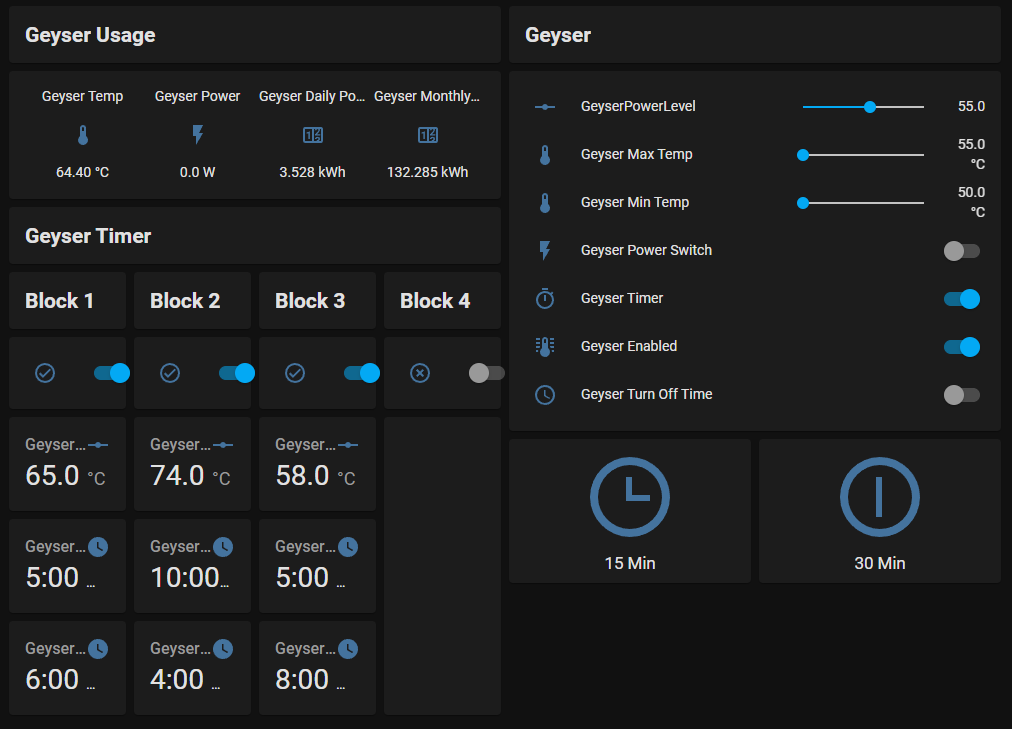
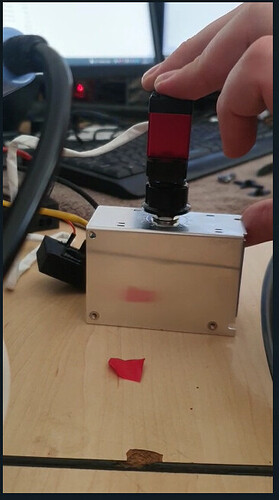

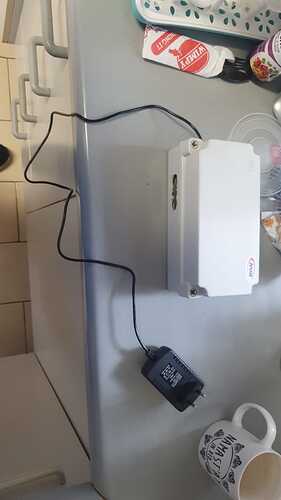
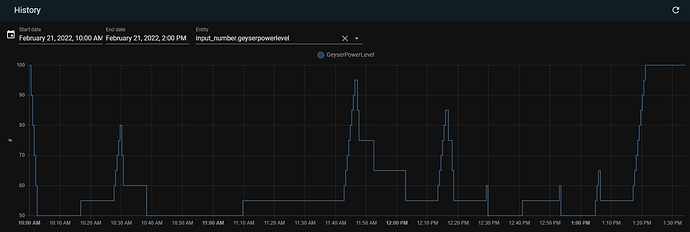
 )
)
